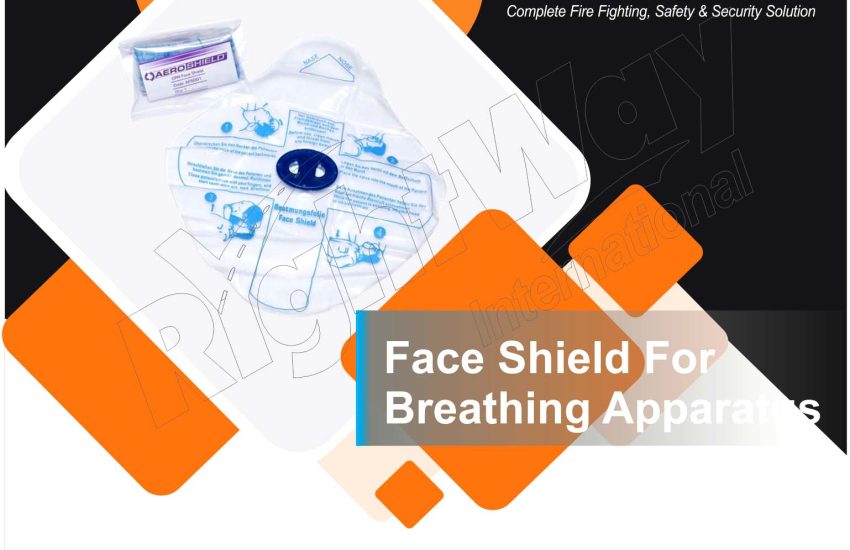In hazardous environments where clean air is not guaranteed, a face shield becomes a vital part of a breathing apparatus system. Firefighters, emergency responders, and industrial workers rely on it to protect their face and eyes from heat, debris, and harmful substances—while still receiving clean air. This article explains the function, benefits, and maintenance of face shields in breathing apparatus systems.
What Is a Face Shield for a Breathing Apparatus?
A face shield is a transparent, protective cover that fits over the face. Made from durable materials such as polycarbonate or acrylic, it works alongside a Self-Contained Breathing Apparatus (SCBA). It shields the wearer’s eyes, skin, and airways from contaminants, heat, and physical hazards.
Key Functions of a Face Shield
1. Protection from Contaminants
Face shields act as a barrier against chemicals, smoke, and biological agents. They prevent dangerous substances from contacting the face and eyes, thus reducing health risks.
2. Resistance to High Temperatures
In high-heat situations like firefighting, the face shield protects against burns by withstanding extreme temperatures.
3. Clear Visibility
Because they’re made of transparent material, face shields offer full visibility. This clarity is crucial for safe navigation in dangerous environments.
4. Comfortable Fit
Manufacturers design these shields to fit comfortably and securely. A proper fit reduces fatigue and helps the wearer move freely.
Why Face Shields Are Important
Enhanced Protection
Face shields protect vulnerable areas like the eyes, nose, and mouth. As a result, workers can focus on their tasks with reduced risk of exposure.
Regulatory Compliance
In many industries, using face shields with SCBA systems helps meet health and safety regulations. This ensures both legal compliance and employee safety.
Injury Prevention
The shield prevents injuries caused by flying debris, splashes, or physical impact. Ultimately, it minimizes downtime and long-term health consequences.
Maintenance and Care
Maintaining a face shield properly ensures it stays effective and safe. Follow these best practices:
1. Inspect Regularly
Check for cracks, scratches, or cloudiness before and after each use. If you notice any damage, replace the shield immediately.
2. Clean After Use
Clean the surface with a soft cloth and a mild cleaning solution. Avoid abrasive materials, as they may reduce visibility or damage the shield.
3. Store Properly
Keep the shield in a clean, dry place when not in use. Avoid exposure to direct sunlight or extreme temperatures that could degrade the material.
4. Replace When Needed
Even with proper care, shields wear out over time. Replace them based on the manufacturer’s guidelines or whenever visibility or structure is compromised.
Conclusion
Face shields are a critical safety component in breathing apparatus systems. They protect users from airborne contaminants, high heat, and physical hazards—while ensuring visibility and comfort. To maintain effectiveness, users must regularly inspect, clean, and replace the shield as needed.


